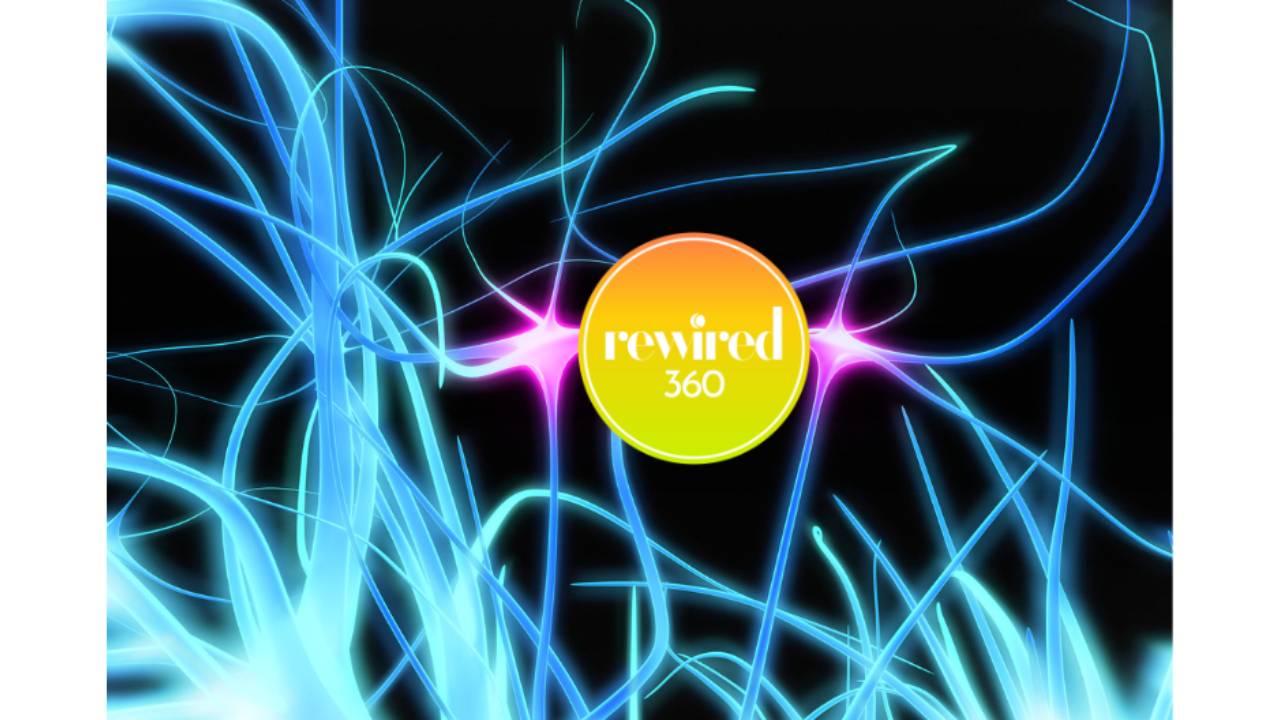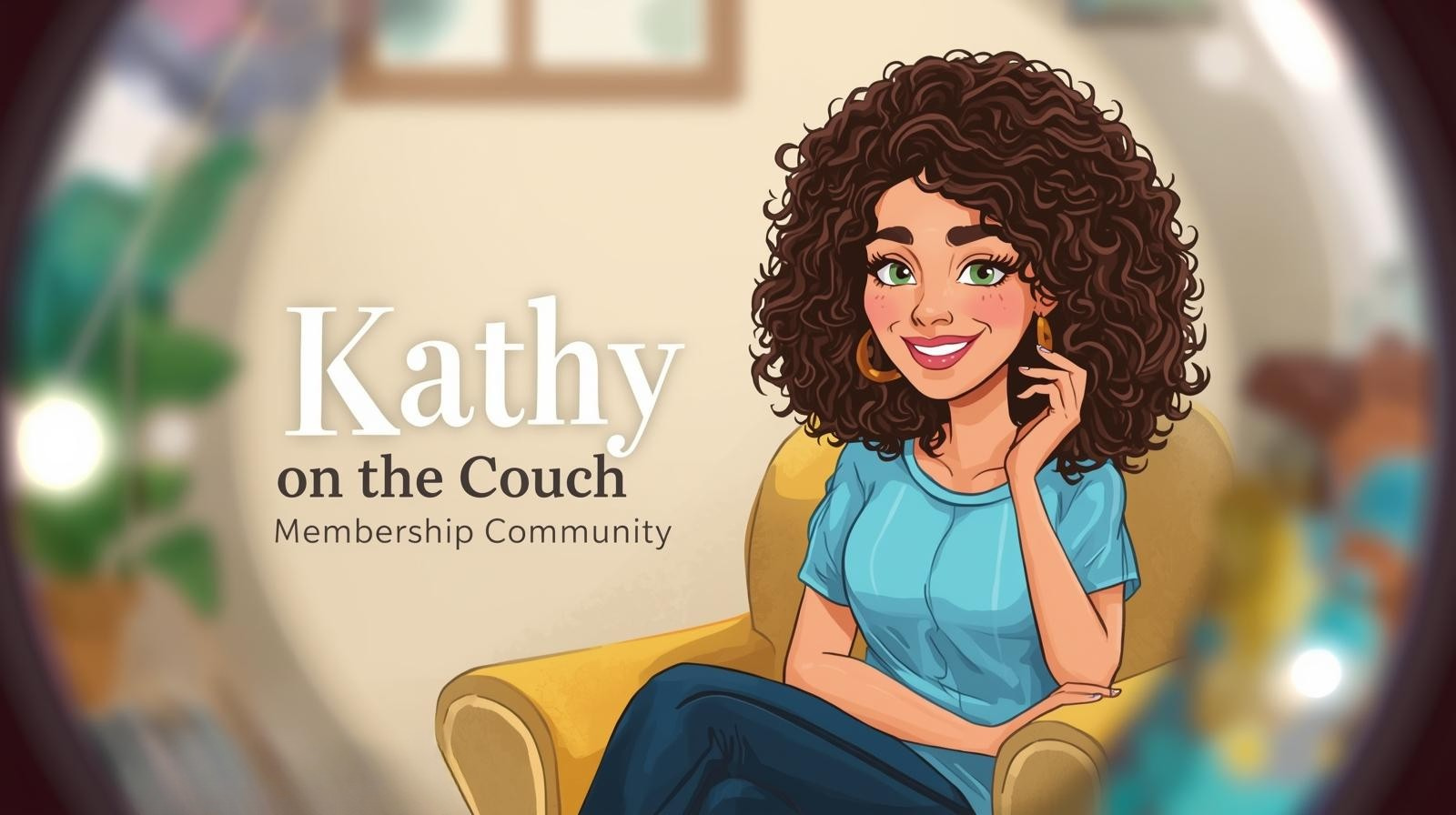Cognitive Interweaves
Oct 23, 2025
Introduction
Cognitive Interweaves are a vital tool in the EMDR therapist’s toolbox. If you’re an EMDR therapist or training to become one, understanding cognitive interweaves is essential for helping clients move past stuck points in trauma processing. In this EMDR 101 blog post, we’ll break down what cognitive interweaves are, why they matter, when to use them, and offer practical examples to help you get started.
What Are Cognitive Interweaves?
Cognitive Interweaves are therapist-initiated interventions designed to assist clients when EMDR processing stalls or loops. They involve the therapist briefly introducing new information, perspectives, or questions to help the client’s brain make connections and move forward in processing traumatic memories.
Unlike the standard EMDR approach—which relies on the client’s own associations—cognitive interweaves are deliberately introduced by the therapist when the client is stuck or overwhelmed by negative beliefs.
Why Use Cognitive Interweaves?
Sometimes, clients hit a wall during EMDR reprocessing. Common reasons include:
- Lack of adaptive information: The client can't access helpful beliefs or positive perspectives.
- Cognitive confusion: The traumatic memory feels too overwhelming or nonsensical.
- Looping: The client keeps returning to the same negative belief or feeling without resolution.
Cognitive interweaves help:
- Unblock processing.
- Offer new perspectives.
- Guide clients toward adaptive resolution.
When to Use Cognitive Interweaves
You might consider a cognitive interweave when:
- Processing stalls: The client repeats the same negative thought or feeling.
- Dissociation or flooding occurs: The client becomes disconnected or overwhelmed.
- Gaps in understanding: The client can’t make sense of the memory or relate it to the present.
Remember: Interweaves should be used sparingly and only when needed. The goal is to nudge the process—not lead it.
Types of Cognitive Interweaves
Some common types include:1. Logical Interweaves:
Present new, rational information.
Example: “You were only six years old. What would you say to a child that age going through this?”2. Perspective-Taking Interweaves:
Encourage empathy or a shift in viewpoint.
Example: “If your best friend experienced this, what would you think about them?”3. Socratic Interweaves:
Ask open-ended questions to stimulate adaptive thinking.
Example: “Is there a part of you that knows this wasn’t your fault?”
Practical Examples
Here are a few interweaves you can use:
- Responsibility: “Who was responsible for keeping you safe at that age?”
- Current Awareness: “Are you in danger right now, or is this a memory?”
- Empowerment: “What strengths helped you survive then?”
- Support: “Who in your life today would support you in this?”
Tips for Effective Use
- Be brief: Keep interweaves short and focused.
- Return to processing: After the interweave, resume bilateral stimulation right away.
- Tailor to the client: Choose interweaves that fit the client’s needs and developmental level.
- Observe closely: Watch for shifts; sometimes, a single sentence is enough.
Conclusion
Cognitive interweaves can be a lifeline for clients stuck in trauma processing. Used thoughtfully, they help clients access new perspectives, break free from looping, and move toward healing. As you practice, you’ll develop your own style and repertoire—remember, the most powerful interweaves are attuned to your client’s unique story.
Thank you to the consultant, Monica Verbosky for providing this link:
https://youtu.be/sasEQFRws5Q?si=eBZwAJyvyr5QyPb_
As a helpful supplement for our topic of your clients in phase 4 I have provided a brief video on cognitive interweaves for clients who seem stuck. It’s brief.
Please check out the Member Library for my go to form I use with Cognitive Interweaves.
See you next time!
Stay Connected
Get resources, motivation, and guided activities delivered to your inbox.
Don't worry, your information will not be shared.


